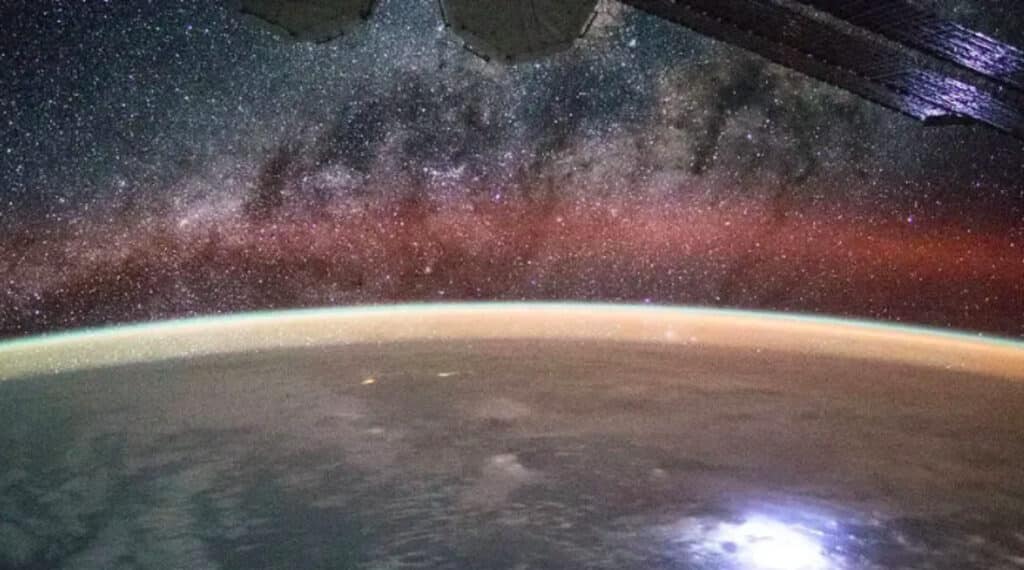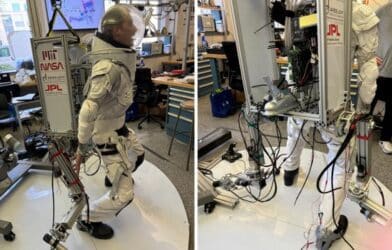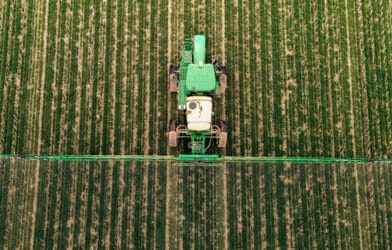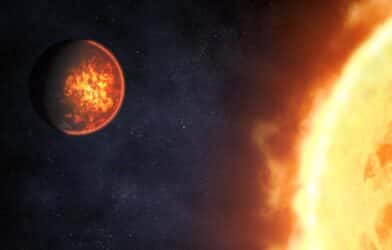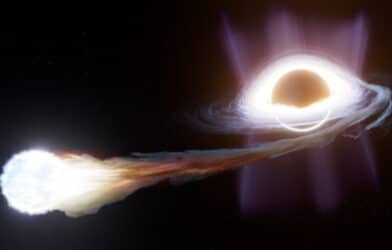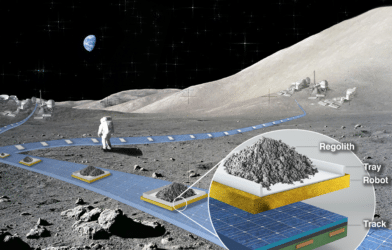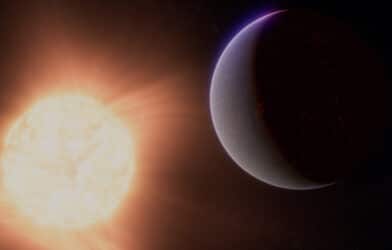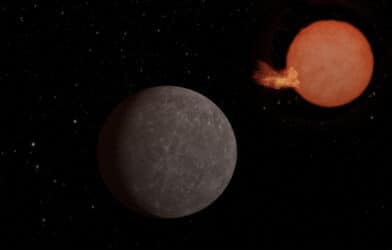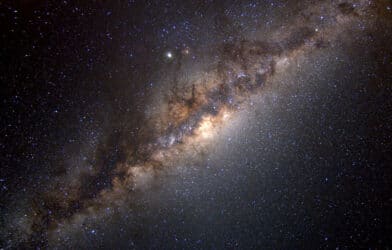It’s hard enough to predict the weather on Earth. Now, scientists will be working to get a grip on space weather. In an exciting new venture, NASA is set to launch its Atmospheric Waves Experiment (AWE) mission to the International Space Station (ISS) this November. The unique mission will focus on a naturally occurring, mystical glow in the sky, aiming to understand more about waves that ripple through our planet’s atmosphere.
Developed by the Utah State University’s Space Dynamics Laboratory in North Logan, Utah, AWE will be affixed to the exterior of the space station. From this vantage point, it will peer down at Earth, meticulously tracking undulations in the air known as atmospheric gravity waves (AGWs).
AGWs are primarily born in the lower reaches of Earth’s atmosphere and can be triggered by powerful weather phenomena like tornadoes, hurricanes, or thunderstorms. During such events, pockets of dense air momentarily surge upward into the atmosphere before returning to lower altitudes. This up-and-down motion often leaves distinctive ripple patterns in the clouds.
But here’s the fascinating part: AGWs extend all the way into space, playing a role in what scientists call “space weather.” Space weather refers to the dynamic exchange of energy in the region surrounding our planet, which has the potential to disrupt satellite communications and signals. AWE’s mission is to measure AGWs at an atmospheric layer known as the mesopause, which begins approximately 54 miles above Earth’s surface.
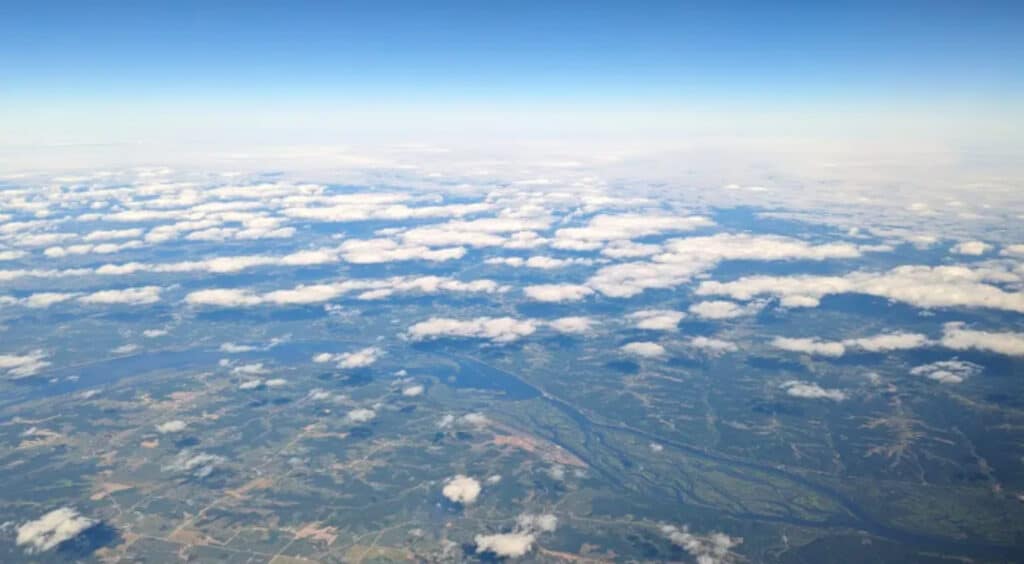
“This is the first time that AGWs, especially the small-scale ones, will be measured globally at the mesopause, the gateway to the space,” says mission principal investigator Michael Taylor, professor of physics at Utah State University, in a media release. “More importantly, this is the first time we will be able to quantify the impacts of AGWs on space weather.”
At the mesopause altitude, AGWs reveal themselves through bands of colorful light in our atmosphere called airglow. AWE will “see” these waves by recording variations in airglow in the infrared spectrum, which is beyond the range of human vision. At these high altitudes, where the atmosphere reaches bone-chilling temperatures as low as -150 degrees Fahrenheit (-101 degrees Celsius), the faint glow of infrared light shines brightest.
By monitoring the infrared airglow and its fluctuations as waves pass through it, AWE will empower scientists to calculate the size, power, and dispersion of AGWs like never before. It is also designed to detect smaller AGWs, capturing short-scale ripples in airglow that previous missions might have missed.
“AWE will be able to resolve waves at finer horizontal scales than what satellites can usually see at those altitudes, which is part of what makes the mission unique,” notes Ruth Lieberman, AWE mission scientist at NASA’s Goddard Space Flight Center in Greenbelt, Maryland.
The main instrument aiding this study is the Advanced Mesospheric Temperature Mapper (AMTM), comprised of four telescopes. These telescopes collectively form a wide-field-of-view imaging radiometer, measuring the brightness of light at specific wavelength ranges. The differences in brightness across various wavelengths can be used to generate temperature maps, revealing the movement of AGWs through the atmosphere. This mission promises to be the most comprehensive study of AGWs and their impact on the upper atmosphere ever undertaken.
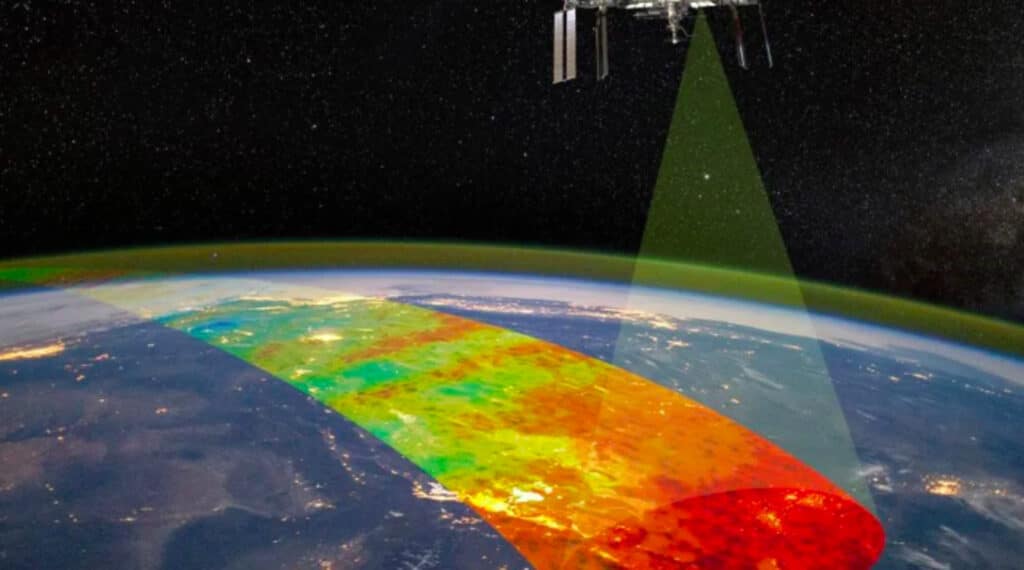
As AWE prepares to journey to the ISS, it has successfully passed four crucial safety reviews. The mission achieved certification as an ISS payload during its last review in July 2023, which involved rigorous testing with astronaut gloves to ensure safety during AWE’s installation and maintenance on the space station’s exterior.
AWE marks the first NASA mission to delve into this type of scientific study, providing valuable insights into the interplay between terrestrial and space weather and its potential effects on satellite communications and tracking in orbit. Following its installation on the ISS, the AWE team will focus on sharing the instrument’s data and findings with the scientific community and the public, furthering our understanding of Earth’s atmosphere and the dynamic forces that shape it.
